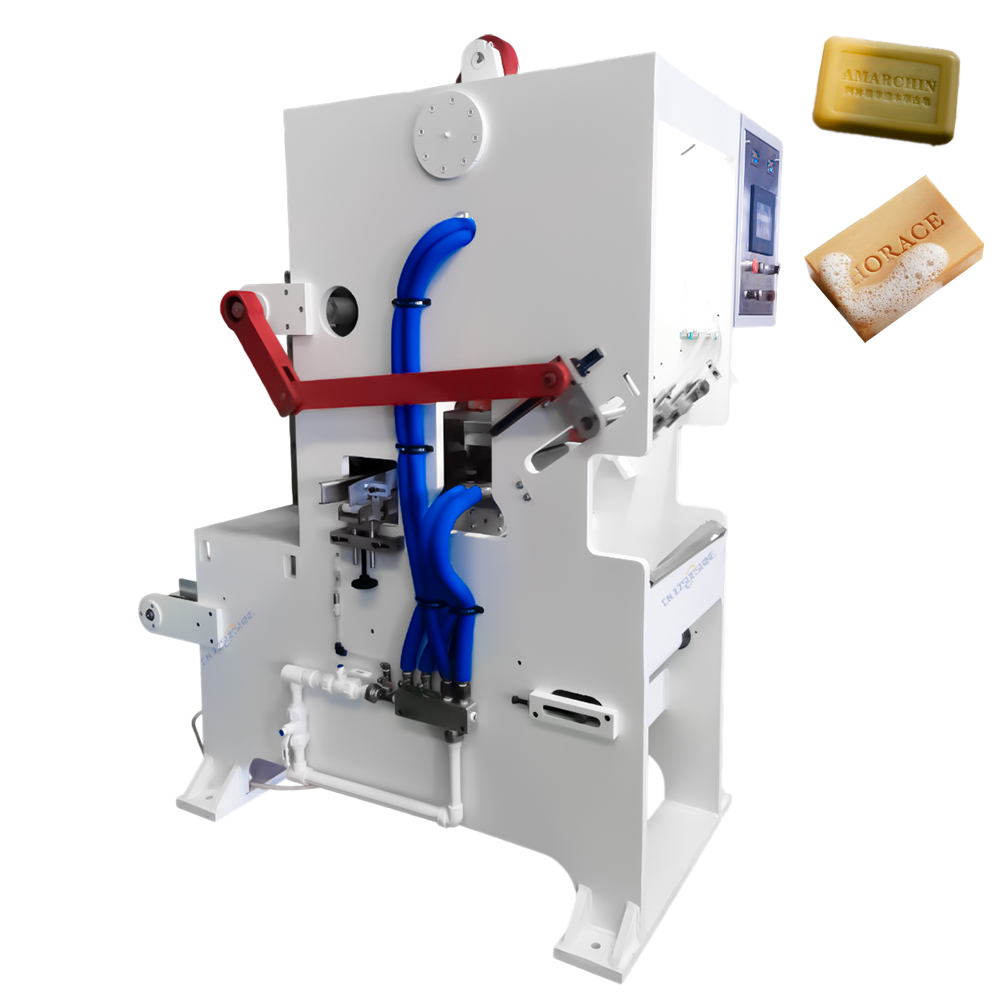Modern soap manufacturing demands precision, hygiene, and significant output. An integrated automatic soap production line is no longer a luxury but a necessity for competitive factories aiming for consistent quality and profitability. This streamlined system seamlessly connects key processes, minimizing manual handling and maximizing efficiency from raw material mixing to the final wrapped bar.
The heart of the line begins with robust mixing. Industrial mixers for chemical processing, specifically designed soap mixers, ensure thorough blending of oils, fats, lye, and additives. Achieving perfect homogenization is critical for consistent texture and color throughout the final product. Following mixing, the viscous soap mass moves into the refining stage. Here, a three-roller mill for cosmetics, often an OEM three-roller grinding mill, meticulously grinds and smoothes the soap, eliminating any graininess and ensuring a luxurious feel, especially vital for toilet soap finishing lines and beauty soap making lines.
The refined soap then enters the crucial extrusion phase via a vacuum plodder machine for bar soap. This soap plodder, particularly a high-quality vacuum plodder, compacts the soap under vacuum, removing trapped air pockets. This step is fundamental for producing dense, long-lasting bars that won’t crumble or develop voids, whether for laundry bar soap production lines or premium bath soap making machines. The continuous extrusion delivers a uniform soap log.
Downstream, the solid log meets cutting equipment. A custom soap cutting machine, often an electric washing soap cutter, slices the log into precise bar-sized blanks with clean edges and minimal waste. For high-volume operations, integrating an automatic packing machine for food (suitably adapted for soap) completes the process, wrapping bars efficiently for distribution. This entire sequence embodies a true laundry soap making line or toilet soap finishing line.
Implementing an automatic soap production line offers undeniable advantages: dramatically increased throughput, reduced labor costs, enhanced product consistency, improved hygiene standards, and greater overall operational control. Operators can monitor and adjust parameters at each stage – mixing, milling, plodding, cutting, packing. Choosing reliable machinery, perhaps from a specialized soap making machine manufacturer, and ensuring proper integration of all components – the soap mixer, vacuum plodder, cutter – is paramount for achieving the promised high efficiency and return on investment. For factories serious about scaling quality soap production, this automation is the definitive solution.




